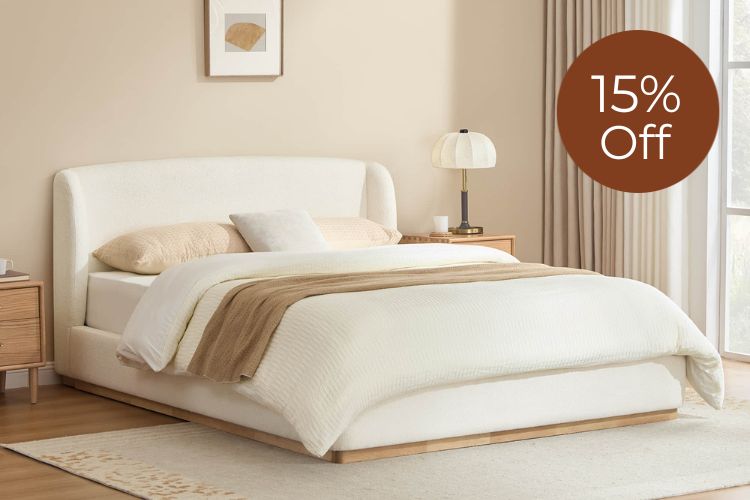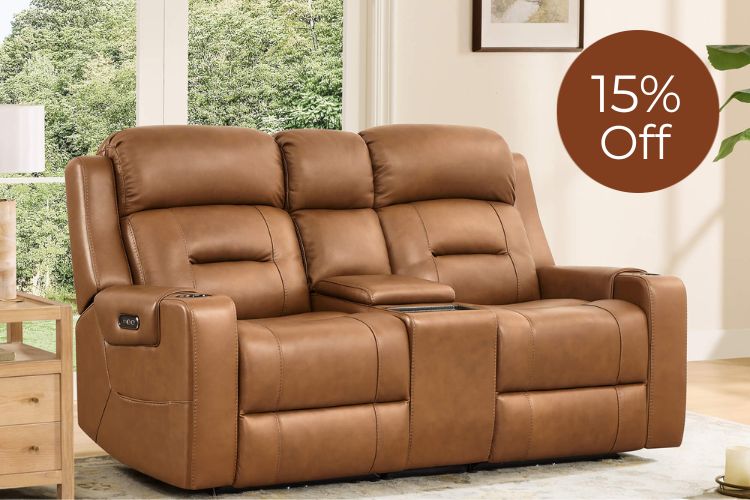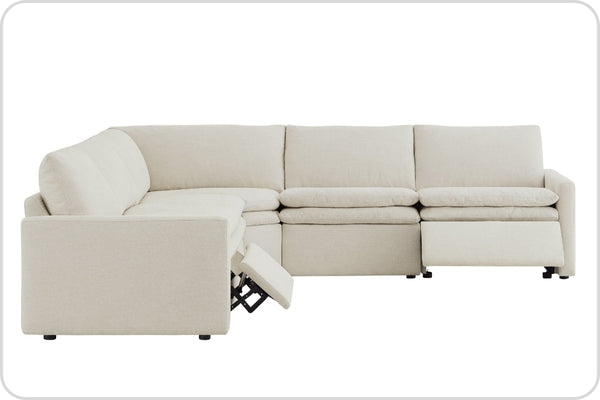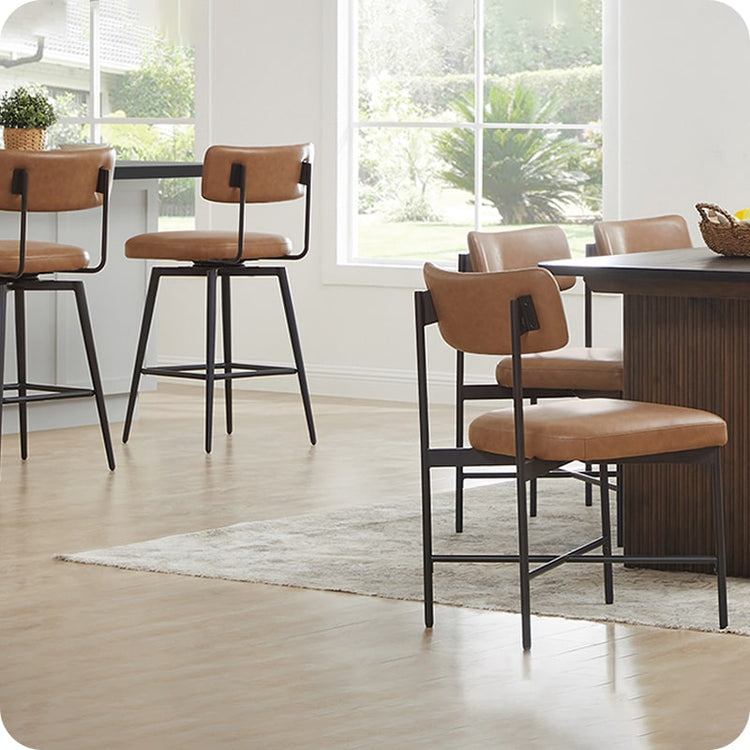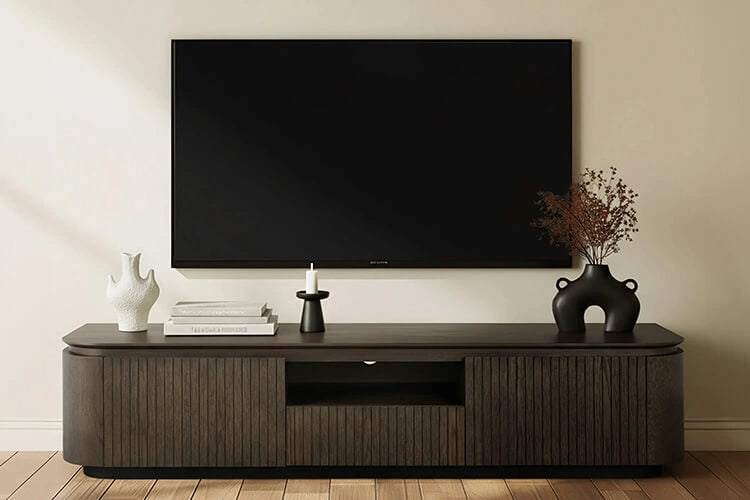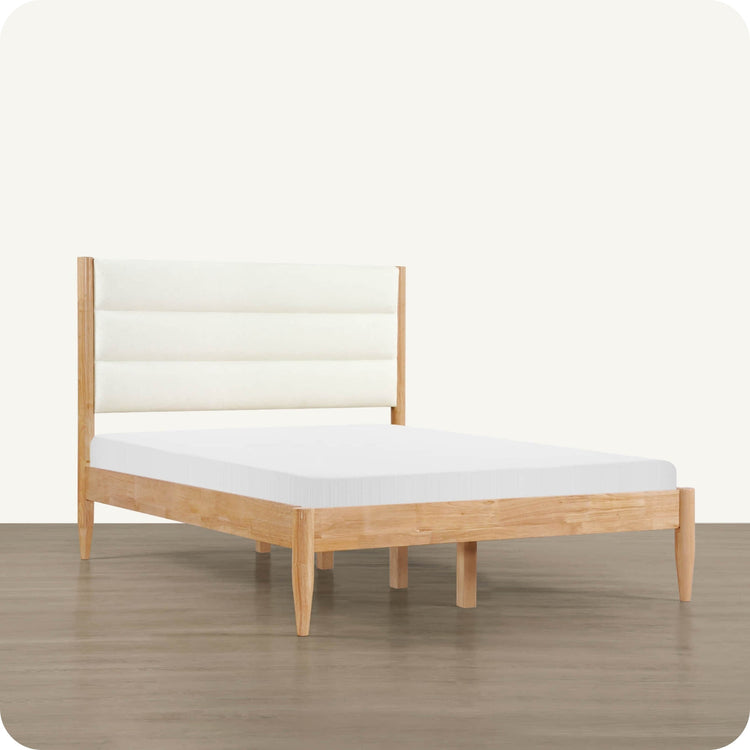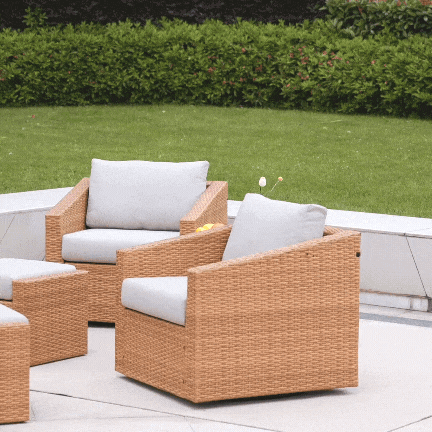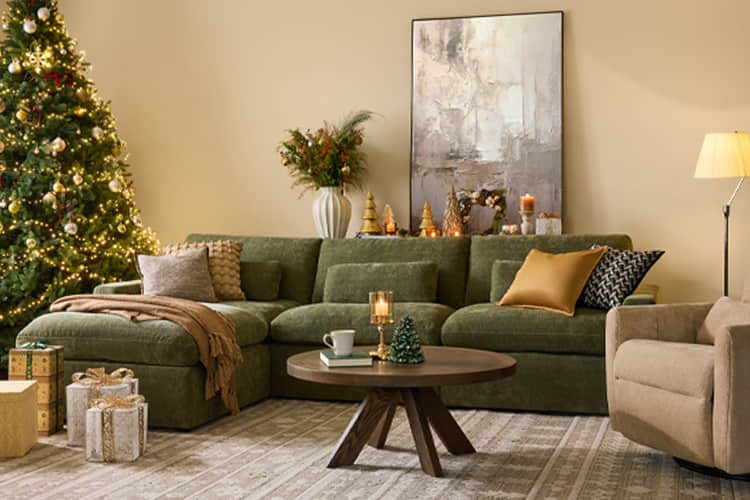Navigation
- Introduction
- Characteristics of Cloud Sectional Sofas
- Factors Influencing Room Perception
- Impact of Cloud Sectionals on Room Size Perception
- Strategies to Optimize Room Openness
- Other Considerations
- Conclusion
Introduction
Cloud sectional sofas have grown in popularity in recent years due to their versatile and adaptable modular design. With removable modules that can be arranged in different configurations, these sofas provide flexibility in small spaces. However, some wonder if their airy, lightweight appearance tricks the eye, making rooms seem even smaller. This article will explore the aesthetics, benefits, and potential drawbacks of cloud sectionals to evaluate their impact on room size perception.
Characteristics of Cloud Sectional Sofas
Cloud sectionals get their name from their light, floating appearance. They have an open frame construction with removable seats and back cushions. The base consists of a slender metal or wood frame to minimize visual bulk. Modules like chaises, corners, and armless sections allow flexible configuration. Covered in lightweight fabrics like linen or microfiber, cloud sectionals have an airy, expansive look.

A cozy living room created by @cozyholic
Versatility and Comfort
The modular design provides versatility to adapt configurations for rooms of different sizes and layouts. Homeowners can purchase pieces incrementally to save costs. Deep, comfortable cushions and supportive backrests offer ample relaxation space without confining bulk. The lightweight construction simplifies rearranging for seasonal cleaning or design updates.
Popular Appeal
The slender profile, expansive feel, and versatility explain the popularity of cloud sectionals. They straddle the line between substantial seating and airy openness that suits small spaces. Young urban homeowners often favor this modular, multipurpose style.
Factors Influencing Room Perception
Size and Scale Impact
The size, shape, and proportions of furnishings inherently impact spatial perception. Oversized pieces make rooms feel smaller by dominating floor space. In contrast, furniture scaled down to room size – without feeling too petite – can expand the feeling of overall room dimensions.
Strategic Placement and Layout
Placing seating to balance and fill a space makes rooms feel intentionally arranged rather than haphazard. Leaving ample breathing room around pieces avoids a cluttered aesthetic. Separating seating from walls makes the whole volume of the room feel engaged.
Color and Material Options
Lighter hues, especially neutrals like ecru and beige, visually recede, expanding rooms. Conversely, intensely saturated colors or dark shades feel heavier and encroaching. Glossy or highly reflective surfaces also feel visually imposing. Subtly textured natural fiber fabrics tend to complement airy rooms.
Lighting and Natural Elements
Well-lit rooms feel more expansive than dimly-lit rooms. Natural light visually lifts and expands space. Incorporating live plants takes attention away from the finite wall, ceiling, and floor boundaries.
Impact of Cloud Sectionals on Room Size Perception
The lightweight materials, neutral shades, and slender dimensions of many cloud sectionals are designed to minimize imposing bulk. Their modular flexibility lets homeowners adapt the size and shape to complement their existing layout.

Josie Modular Sofa has a clean shape and soft touch. @GabbiAguayo
Airy, Lightweight Look
The slender frames and removable cushions avoid solid or bulky aesthetics. Neutral or softly blended colors reinforce the ethereal effect of floating segments, expanding visual space around and between segments. The eye travels through rather than being blocked by firm edges or heavy mass.
Open, Expansive Arrangement
Separating pieces creates negative space between segments rather than a solid block of furniture. The separate elements deemphasize the overall mass occupying floor space. Their low profile limits imposing verticality. Light permeates around and between pieces.
Adaptable, Modular Configurations
The adaptable design means cloud sectionals readily suit rooms of different proportions. Homeowners can curate appropriate scaled pieces for their specific room. Each module aligns organically with existing architecture for a harmonious, balanced feel.
However, cloud sectionals do present some spatial limitations homeowners should weigh depending on room dimensions and layout.
@farmhouseliving changed the layout of the modular sofa to make the space more flexible.
Oversized Pieces Overwhelm
Excessively large sectionals dominate floor space. Tall backrests or deep modules may overwhelm vertically or horizontally. If pieces span wall-to-wall, they make rooms feel boxed in. Disproportionately sized sectionals cramp rather than expand space.
Problematic Placement
Sectionals placed in the center of the room interrupt natural movement pathways. Corners or extensions may create awkward, angled traffic patterns. Poor circulation space or blocked windows exacerbate feelings of limited room.
Clashes with Existing Layout
If a sectional clashes with room proportions or doesn't properly align with windows or openings, this creates visual tension. The conflicting sizes and shapes undermine the sense of continuous, harmonious space, chopping it into segments.
Strategies to Optimize Room Openness
While cloud sectionals intuitively suit small spaces with their streamlined dimensions, homeowners can take further steps to enhance feelings of spaciousness.

Use some strong contrasting colors to create visual impact. @krystameeker
Right-Sized Selection
Choosing shorter or narrower sectional modules prevents expansive pieces from visually overpowering the room's boundaries. Consider room traffic patterns and openings when selecting corner or chaise extensions.
Balanced Placement
Positioning sectionals along walls or windows preserves an open pathway through the main space. Separate and angle modules to avoid a solid mass filling the entire footprint. Frame views beyond interior walls by preventing pieces from completely spanning openings.
Compatible Color Schemes and Textiles
To build on the lightweight appearance of cloud frames, select woven or moderately textured fabrics over heavy brocades. Neutral, crisp white, and beige shades enhance feelings of ethereality and space more than saturated tones.
Incorporate Lighting and Greenery
Strategically place lamps, sconces, or pendant lights to illuminate negative spaces between and around sectional modules. Potted plants soften corners and intersections while contributing natural color and freshness.
Other Considerations
While sectionals can expand small rooms with their adaptable format, homeowners must weigh additional factors.

Place it in a bedside position and enjoy the light on the sofa.@jaypoor_decor
Existing Layout Compatibility
Consider ceiling height, window placement, and doorway locations when planning sectional scale and positioning. Measure circulation pathways and distances from other furnishings to select appropriate module depths and dimensions.
Coherence with Other Decor
Sectionals should coordinate with flooring, wall colors, and other furnishings for a synchronized style. A botanical print sectional, for example, would overwhelm a minimalist gray living room. Seek cohesive furnishings and accents for a holistic, curated interior.
Personal Lifestyle Needs
Identify seating requirements, trajectory of sunlight, and room purpose when choosing sectionals. Home offices accommodate different needs than family lounging spaces. Prioritize functionality needs before optimizing spatial appearance with sectionals.
Conclusion
Cloud sectional sofas often intuitively suit small spaces for their streamlined, adaptable format. But, poor placement or disproportionate scale can undermine their spatial benefits. By thoughtfully selecting the right-sized modules in expansive arrangements augmented with lighting strategies and greenery, homeowners can capitalize on the airflow and flexibility of sectionals.

Images from our recent customer.
Of course, personal style preferences, existing furnishings, and intended room use influence perceptions. But, the strategies outlined create favorable conditions to allow cloud sectionals to enhance openness. For many modern homes and live/work spaces, these sofas fulfill style desires while adapting to accommodate everyday functions. With an informed, strategic approach, cloud sectionals can make rooms feel effortlessly more spacious rather than confined.
Read More
- Sofa vs. Sectional: Which is the Better Choice for Your Living Space? – CHITA LIVING
- Comparisons Between Sectional and Modular Sofas: Key Considerations fo – CHITA LIVING
- How Cloud Sofas Can Help You Achieve Japandi Interior Harmony – CHITA LIVING
- Fall Decor Lookbook: Stylish Trends You'll Love in 2023 – CHITA LIVING
- The Power of Minimalism: How Minimalist Design Can Transform Your Home – CHITA LIVING

